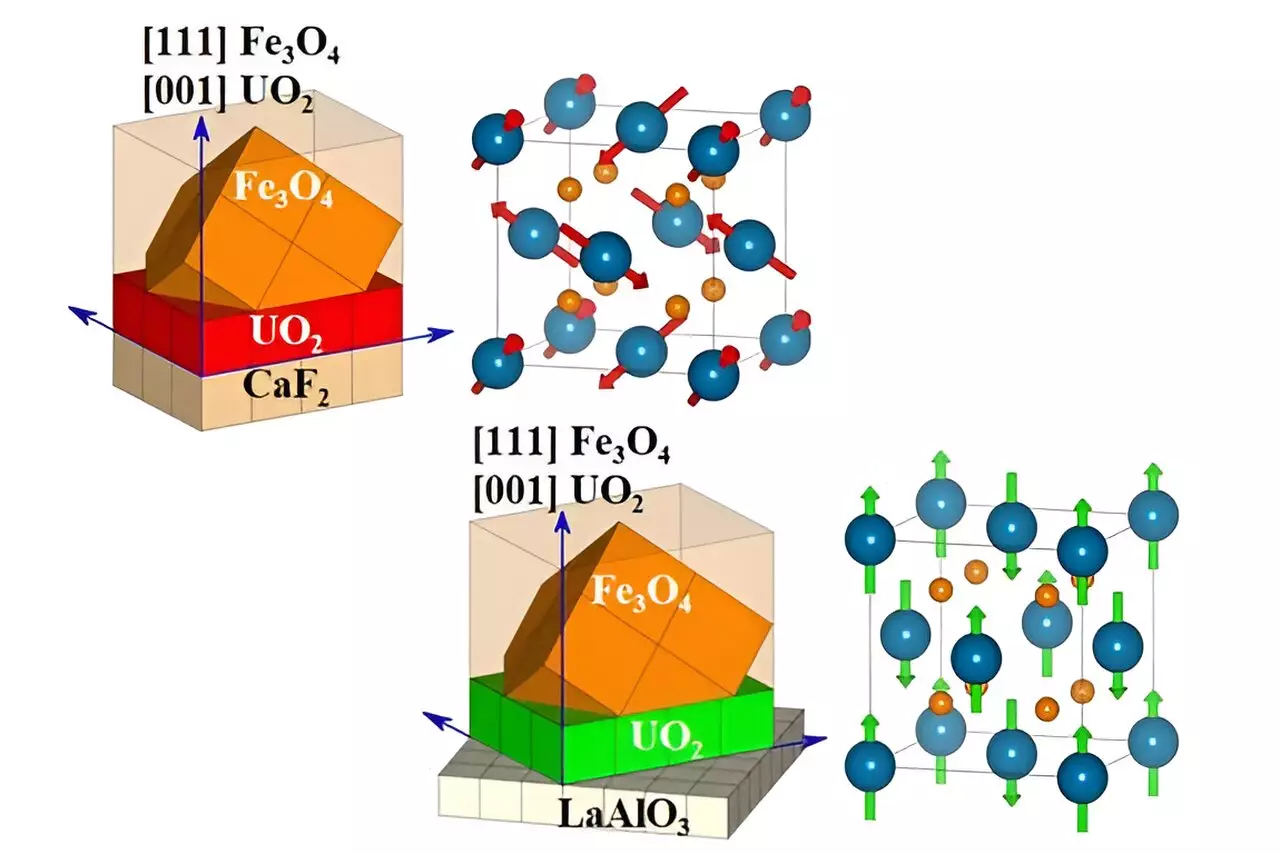In the realm of electronics, the manipulation of electronic currents and signals has traditionally been achieved through the application of electrical voltage. However, with the emergence of spintronics, a new avenue has been explored in which the magnetic moment of electrons, known as spin, is utilized to control the flow of current and signals. Spintronics has gained momentum in contemporary electronic research, offering exciting possibilities for the future of electronic technologies.
A recent breakthrough by an international research team, in collaboration with TU Wien and the Czech Academy of Sciences, has shed light on the potential of antiferromagnetic materials in the field of spintronics. By manipulating the spins in an antiferromagnetic material using surface strain, researchers have opened up new possibilities for electronic technologies. This innovative research has been published in the journal Advanced Functional Materials, marking a significant step forward in the world of spintronics.
The study of antiferromagnetic materials presents unique challenges, particularly in the manipulation of spins within these materials. Unlike ferromagnets, where spins are aligned in parallel, antiferromagnets have neighboring atoms with opposite spins, resulting in a cancellation of magnetic forces. This inherent complexity makes it difficult to manipulate the spins in antiferromagnetic materials.
Utilizing Surface Strain for Spin Manipulation
One of the key findings of the research is the use of surface strain to induce changes in the spins of antiferromagnetic materials. By applying mechanical stress to compress the crystal lattice, researchers were able to switch the magnetic order of the material. This novel approach has shown that antiferromagnets can be effectively manipulated by leveraging the properties of magnetic frustration present in various materials.
The ability to switch the magnetic states of antiferromagnetic materials opens up new possibilities for applications in electronic technologies. For instance, the development of computer memory cells, such as MRAM, could greatly benefit from the precise manipulation of spins in antiferromagnetic materials. By unlocking the potential of antiferromagnetic spintronics, researchers are paving the way for exciting advancements in the field of electronics.
Overall, the research conducted by the international team involving TU Wien and the Czech Academy of Sciences represents a significant milestone in the journey towards harnessing the power of antiferromagnetic materials for spintronics. By overcoming the challenges associated with manipulating spins in these materials and exploring innovative solutions such as surface strain, researchers have demonstrated the potential for a new era of electronic technologies powered by antiferromagnetic spintronics.


Leave a Reply